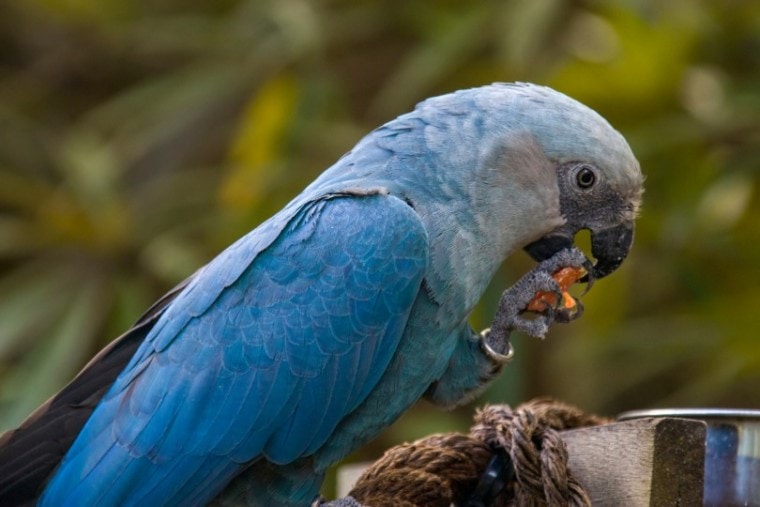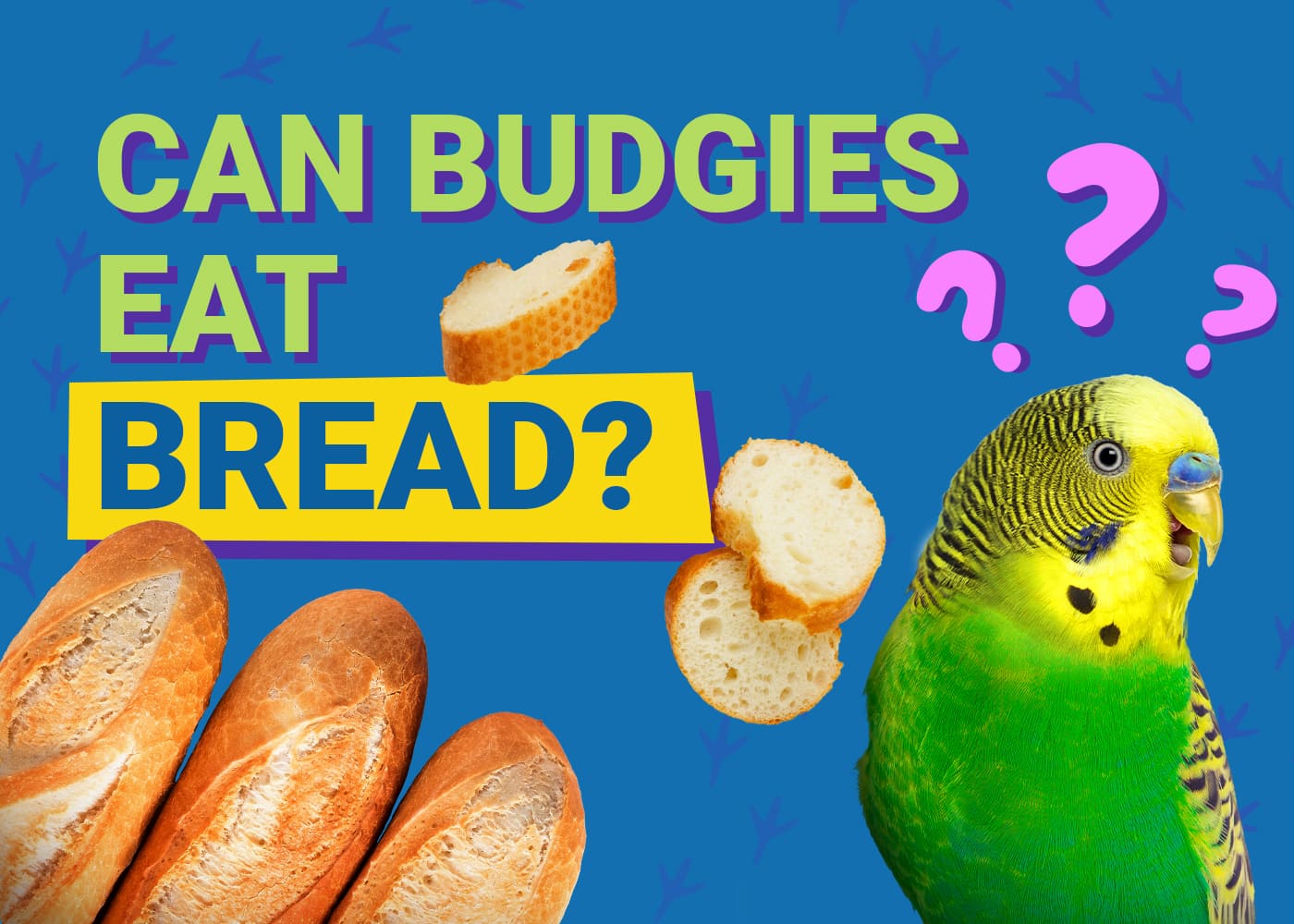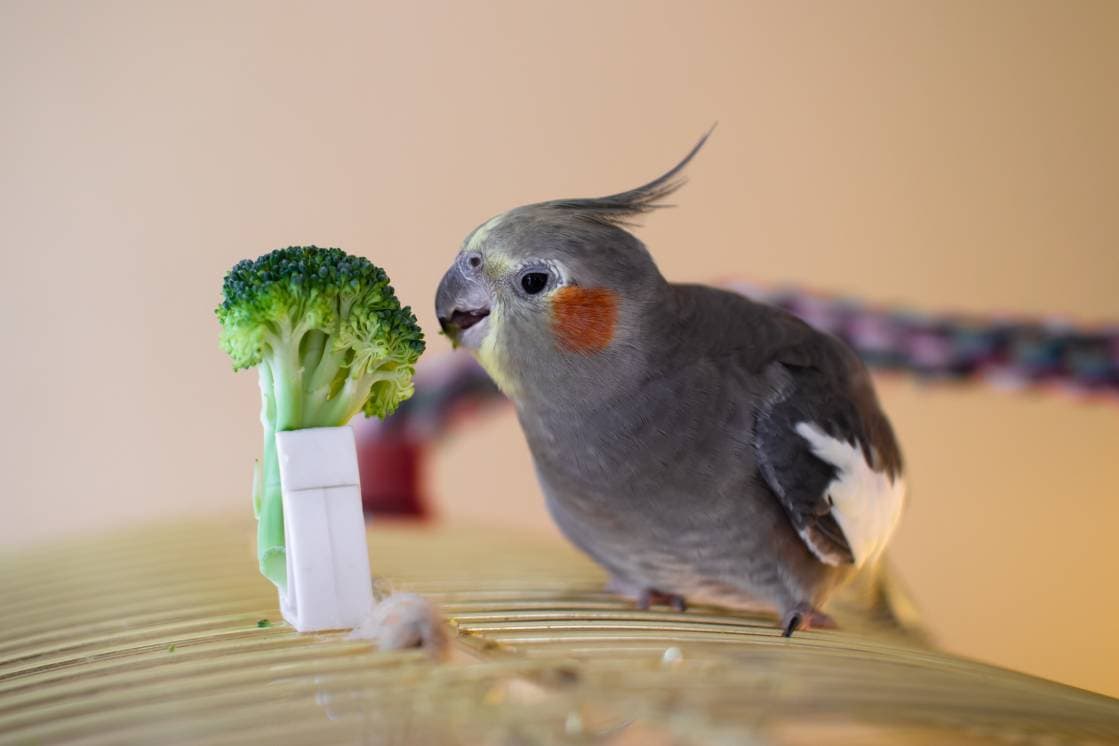
The Blue Macaw, or Spix’s Macaw, inspired the bird Blu in the movie Rio, a story about a domesticated bird that adventures Rio de Janeiro. But is the film the only place we’ll ever see this beautiful bird again?
Unfortunately, several Macaw species are endangered, with the most significant threat being habitat loss and the pet industry. But there is light over the horizon.
For 22 years, the Blue Macaw was extinct in the wild. Now, we’re happy to report that the Blue Macaw is returning to the wild in Brazil, thanks to the efforts of dozens of scientists and local indigenous people. Hooray!
It’s exciting to feel a sense of hope for birds. Even so, they’re not out of the woods yet.
All About the Macaw
The parrot family Psittacidae includes everything from parakeets to much larger birds, with the Macaw being the largest. These beautiful birds are well-known for their vibrant plumage, elongated tails, and ability to communicate with humans.
Macaws reside in South America and Mexico and are described as New World parrots. They’re usually found in rainforests, although small populations are found in other habitats.
Macaws primarily feast on delicious fruits and nuts. Sometimes, they eat dirt to add salt to their diet and ease their tummies from the fruit’s acidity. They have powerful beaks, scaly tongues, and long talons to help them crack open their food and perch in tall rainforest canopies for a good night’s sleep.

The Enchanting Blue Bird
There are over 350 species of parrots, but only around 20 of these are Macaws.
The Spix’s Macaw (Cyanopsitta spixii) is one type with brilliantly colored blue plumage. Like other Macaws, the Spix’s face is featherless, and the bird’s feathers lighten as it ages. It’s native to Brazil and lasts 30 to 40 years in the wild.
However, unlike other Macaws, the Spix’s Macaw has specific physical differences that separate them from other Macaws, which is why they get their own classification.
The Spix’s Macaw is relatively small compared to other Macaws, weighing only 11 ounces. Its small stature earned it the nickname “Little Blue Macaw.”
On the Brink of Extinction
The Spix’s Macaw has faced a long, enduring battle against extinction. But why? There are a few reasons, but the three main ones involve territory, habitat, and the pet industry.
Minimal Territory
Truthfully, the Spix’s Macaw has always been a rare breed. In 1824, Von Spix (the man the bird was named after) noted that the species was “very rare.” The species’ population was already small and spread out before it became a popular pet.
Habitat Destruction
With minimal territory already, the Spix’s Macaw faced another issue: desertification.
The Spix’s Macaw resides in a unique area of Brazil called the Caatinga, meaning “white forest.” This area is a semi-arid region. It only rains 3–4 months out of the year. When it does rain, the rainfall is heavy, which gives the land plenty of water for the remainder of the year.
However, this also means that the land is highly vulnerable. Instead of working with the land, people cleared the land to cultivate. Livestock overgrazed and depleted the soil and natural vegetation, leaving the Spix’s Macaw with nothing to eat.

Pet Industry
We love our pets, but the pet industry has flaws like any other industry. More people want exotic pets, and that means removing animals from the wild into unsuitable environments.
Because this bird is so tiny compared to other macaws, the bird became a convenient and highly requested exotic pet. Brazil criminalized the capturing of the Spix’s Macaw in 1967. Still, this law didn’t stop poachers from capturing them and selling them in the illegal wildlife trade.
There’s no arguing that Macaws are beautiful, but they serve a much greater purpose in the rainforest than in someone’s living room. Their diet is part of what makes Macaws vital to the rainforest ecosystem. By scattering seeds across the rainforest, Macaws encourage new tree growth and biodiversity.
Reintroduction Is Risky
The rainforest needs Macaws, and scientists are working hard to reintroduce these birds into the wild. But reintroduction comes with risks.
Animals bred and raised in captivity lack valuable skills they typically learn in the wild. These skills are passed down from one generation to another, like finding the best places for food, staying cool from the midday heat, and avoiding predators.
But that’s hard to accomplish for animals bred in captivity. Teaching these unique skills takes years to achieve. Sometimes, it’s nearly impossible. There’s always a gap when humans have to teach animals how to be wild.
Brazilian Attempts at Repopulation
This isn’t the first attempt at reintroducing the Spix’s Macaw into the wild, and it certainly won’t be the last.
In 2020, the Association for the Conservation of Threatened Parrots announced its funding for reintroducing 52 Spix’s Macaws into the wild. The birds would be released in 2021 after they were allowed some time to adapt to their new surroundings.
However, the release failed due to controversy with the group’s founder, Martin Guth. People didn’t like that he was running a private collection of threatened birds and claimed his efforts were pushing the birds closer to extinction.
Returning to the Wild
Now, the Blue Macaw once again tries its wings in the wild. Eight birds were released in June 2022, and 12 more birds are scheduled for release in December 2022. These birds were voted most likely to succeed after parrot school.
These birds won’t have older Macaws to learn from like their ancestors. They’ll have to do the best they can in uncharted territory.
Luckily, they’re not alone. A facility in Bahia serves as a parrot school to help future Blue Macaws. Here, the Blue Macaws learn how to be a parrot, including building their flight muscles and interacting with other parrots.
The group will also have other wild parrots to flock with, such as the Illiger’s Blue-Winged Macaw. These Macaws have similar survival habits and loosely flocked with the Blue Macaw back in the day.
What Does the Macaw’s Future Look Like?
The Blue Macaw isn’t out of the woods yet. There’s still a lot of heavy lifting to do before we claim the problem is solved. Still, the species is better off now than where it was 22 years ago.
But the project goes beyond the 20 birds released in the wild. This project involved hundreds of individuals working together to make a difference for one species.
It embodied the heart of conservation—imagining a world where humans and nature coexist and thrive.
Related Reads:
Featured Image Credit: Erika Kirkpatrick, Shutterstock








